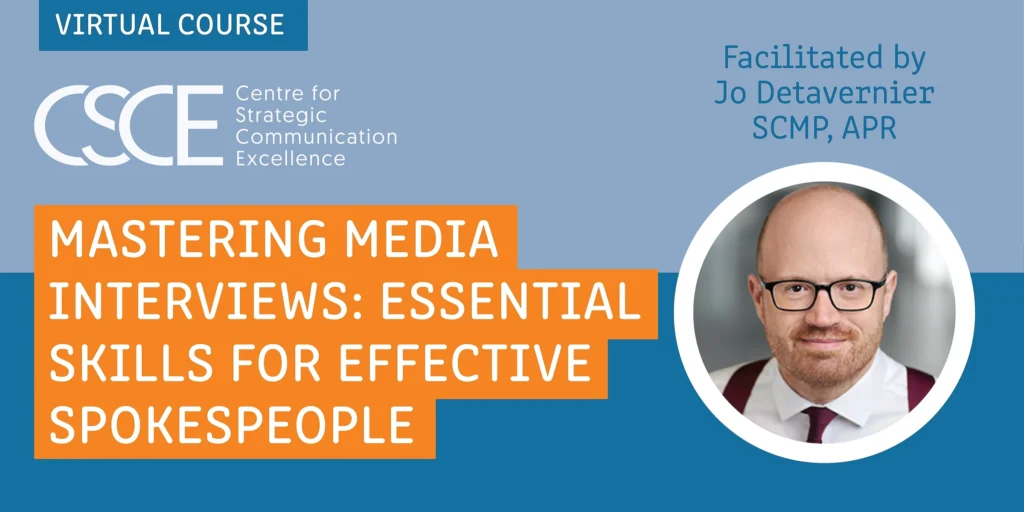The business world is filled with models, methods and change management philosophies. You can attend conferences or workshops to build your change competencies or choose from among thousands of consultants to support you. Search “change management” on Amazon and you’re presented with more than 80,000 books on the topic, some written by best-selling authors.
But research suggests an alarmingly high number of business change initiatives fail to sustain the change they sought to introduce – despite an investment of time, money and resources.
This is not good news for business. Changing business structures, modifying ways of working and introducing new technologies are key factors in sustaining and growing organisations.
An emotional journey
People don’t like change and uncertainty. They will try to avoid it and if not able to do so may react negatively or even go into denial. All of this slows down and may derail change.
Greek philosopher Heraclitus once said, “Change is the only constant in life”. But organisations don’t change, people do. It’s essential then, to give individuals time to prepare for the change emotionally, psychologically and even physically.
While communication is vital through times of change, it can be made even more challenging by the emotional backdrop which occurs during such times.
Where communication makes a difference
Strategic change communication activities don’t seek to prevent people experiencing emotions; rather they add most value when they enable people to move through their emotional journey as quickly as possible taking the fewest backward steps.
Our Reaction-Over-Time Model looks at the change curve from an individual point of view over the time it takes to move through change. It suggests what we need to do at various stages of the journey.

While there is no magic formula for minimising the impact of these feelings, open and honest communication can go a long way to reducing the impact. In fact, consistent, regular and targeted communication to those who are impacted by change has been shown to significantly improve the success rate of change.
Change or transition?
“Beginnings depend on endings. The problem is, people don’t like endings” – William Bridges.
Bridges identifies three phases to change – ENDING, MIDDLE and NEW BEGINNING. He identifies a concentration on the new beginning while ignoring the need to let go of current practice as one of the biggest mistakes organisations make. His insights illuminate change behaviours and are useful when crafting a strategic approach to change communication.
Although all people impacted by change experience the same reactions to a greater or lesser extent, there is a distinct profile of how quickly people will adapt to change. Being aware of these profiles will help you to segment your audiences and craft appropriate key messages for them.
You’ll find more information on both Bridges’ three phases to change and change adoption profiles in our Managing Change Communication Toolkit.
Communicating about change
It’s vital to understand your stakeholders, i.e., those who have a ‘stake’ in what is happening when communicating about change. You must invest time in identifying your stakeholders, evaluating how important and influential they are with regards to your project and examine their needs and communication preferences. All this information can be captured into one convenient structure – your stakeholder analysis. You’ll find more information about how to analyse your stakeholder’s characteristics, including a template you can use, in our Managing Change Communication Toolkit.
Planning your communication strategy
Once you have completed your stakeholder analysis, give some thought to developing your overarching communication strategy for your change initiative.
Key points to include:
- Alignment with the organisational strategy Identification of what your audience needs to think, feel and do as a result of the communication
- Demonstration of why the communication occurs – not just what it will be
- Clear definition of channels and their purpose, the stakeholder groups targeted, suggested use and proposed measures of effectiveness
- Outline of roles and responsibilities
- Definition of gaps between desired and current situation
- Engagement with senior stakeholders – ensuring they are on board with the strategy
When deciding which channels to use, it helps to think through the level of interaction the situation requires. As a general rule, the more concerning the subject matter is to people, the greater the need for one-on-one communication.
Reflecting on the type of outcomes you require is also an invaluable guide to determining the communication channels you should build into your communication strategy. Look at the Five Levels of Communication through Change table on page 8 of the Managing Change Communication Toolkit for an indication of which channels to use and when.
Communicating change checklist
Communicating in times of change is challenging but if you factor the points below into your communication strategy, you won’t go wrong.
- Remember change theory and use it to shape your plan – change takes time and is about emotions.
- Choose your approach carefully – be honest
- Telling people about it isnʼt enough, they need to know Why, What, How and When
- Invest time and effort with those who can help you e.g. train leaders and managers – arm them with information they can use when asked to explain the change.
- Provide opportunities for people to ask questions and provide their feedback.
Our role when it comes to communicating change
Communication professionals play a major role in the information process, and in working with line managers to ensure that the basic support and listening mechanisms are in place. During change the role of the manager is essential, but who supports them? Our role is critical in providing the information, the channels and the competence development for the line managers.
Communicating effectively during change can make a significant difference to the duration and success of any change process. Indeed, for a relatively small investment, organisations can reap substantial benefits in managing their change initiatives.





